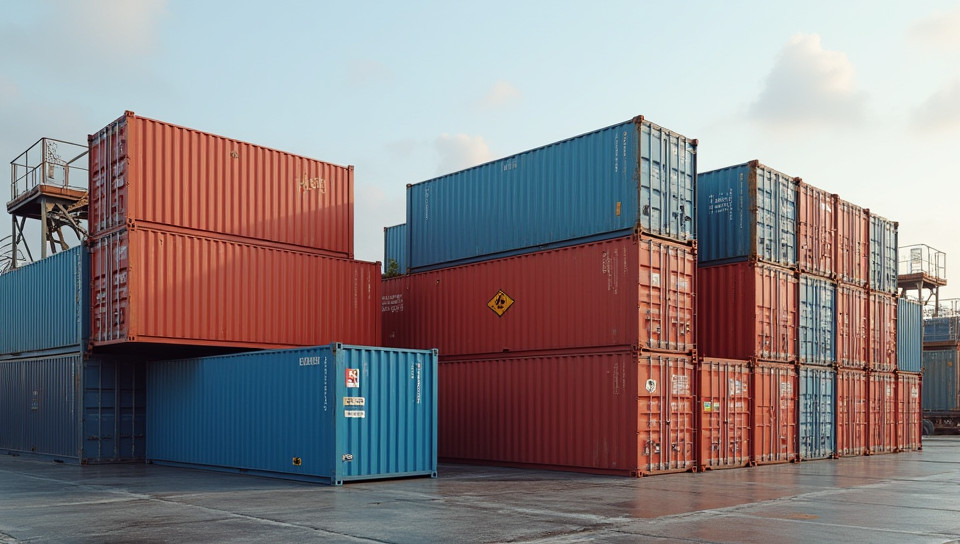Containerization creates isolation 75%

Containerization Creates Isolation
In today's digital landscape, applications are increasingly complex and distributed across multiple environments. To manage this complexity, developers rely on containerization to package their applications into isolated units that can be deployed consistently and reliably. But have you ever wondered why containerization is so effective at creating isolation?
The Problem of Resource Sharing
Traditional virtual machines (VMs) provided a basic level of isolation between different applications running on the same host machine. However, as applications became more complex and required more resources, sharing those resources between VMs became increasingly difficult to manage.
- Resource competition: Multiple VMs competing for shared resources like CPU, memory, and disk I/O can lead to performance issues and reduced overall system efficiency.
- Security risks: Shared resources can also introduce security risks if one VM is compromised, allowing an attacker to access sensitive data or execute malicious code on other VMs.
Enter Containerization
Containerization solves the problem of resource sharing by providing a lightweight alternative to traditional VMs. Containers run as standalone processes on the host operating system and share the same kernel space as other containers running on the same machine.
- Each container has its own isolated environment: Containers are independent entities that can be managed, monitored, and scaled individually without affecting other containers.
- Resource isolation: Containerization ensures that each container has dedicated resources like CPU, memory, and disk I/O, eliminating resource competition and security risks.
How Containerization Creates Isolation
Containerization creates isolation through a combination of process-level virtualization and kernel namespace isolation. This allows developers to package their applications into containers that can be deployed consistently across different environments.
- Process-level virtualization: Containers run as standalone processes on the host operating system, ensuring that each container has its own isolated environment.
- Kernel namespace isolation: The kernel namespace provides a way for containers to have separate views of the same kernel resources, such as file systems and network interfaces.
Conclusion
Containerization is not just a packaging technology; it's a fundamental shift in how we deploy and manage applications. By creating isolation at the process level and providing dedicated resources, containerization enables developers to build more efficient, scalable, and secure applications. As the industry continues to adopt containerization, one thing is clear: isolation is no longer a luxury, but a necessity for building reliable and performant systems.
- Created by: Robert Lopez
- Created at: Feb. 24, 2025, 8:30 a.m.
- ID: 21489







